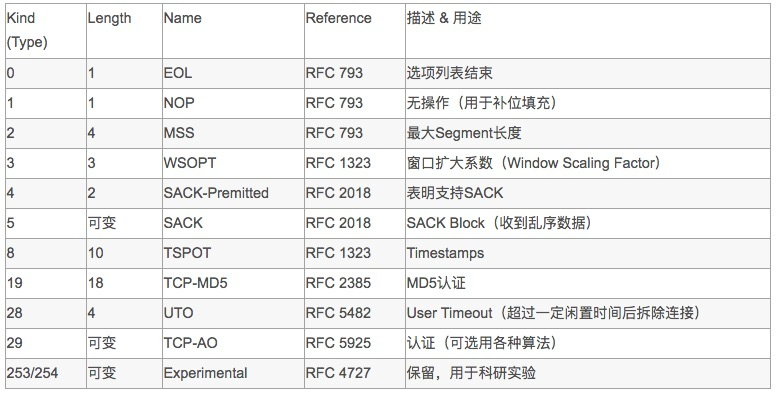
This will list all your network interfaces. Step one is figure out what network interface you want to dump. Tcpdump comes on OSX (or if it doesn’t, something installed it without me knowing!). So I’m having trouble with connection times spiking to an Amazon Web Services ELB, so it’s time to break out the tcpdump to take packet traces and the wireshark (was ethereal long ago) to analyze it. Now that tcpdump has been installed on your system, let's explore the different options and functionalities it offers.I’m going to start sharing little techie tidbits that require me to go scour the Internet for exactly how to do them, in hopes of making you able to do it in a lot less time than it took me! This should install the tcpdump utility and solve the "command not found" error. Note that if you're asked to install libcap, type in Yes or Y as it is a core dependency, without which tcpdump will refuse to start up. To install the tcpdump utility on Fedora, CentOS, and RHEL, issue the following command: sudo dnf install tcpdump On Arch-based systems, run: sudo pacman -S tcpdump On Debian/Ubuntu derivatives, run: sudo apt- get install tcpdump To install tcpdump, fire up the terminal and run the command corresponding to the Linux distro that you're currently using:

In case you are unable to run the tcpdump command and are stuck at the " tcpdump: command not found" error, let's learn how to install tcpdump on your Linux machine. So you should be able to use it right away by typing in tcpdump with a sudo prefix. Tcpdump usually comes pre-installed with all mainstream Linux distributions and security-based alternatives.


 0 kommentar(er)
0 kommentar(er)
